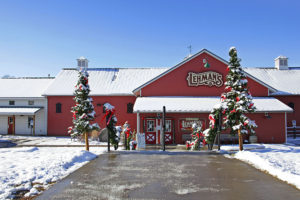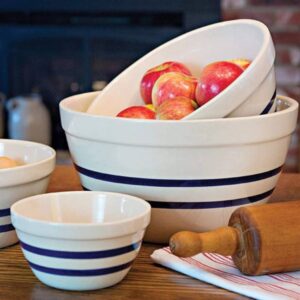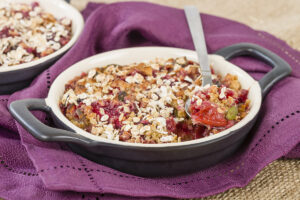This is the season for squirreling away the last of the garden and farm stand bounty. One has the option to can, freeze,  dehydrate, root cellar or lacto-ferment the homegrown abundance for meals when the snow is flying. How to decide? Our family food preservation plan includes all of these options with an emphasis on methods that retain as many nutrients as possible. Keeping our veggies as close to their raw, enzyme rich state as possible will supply our bodies with the most nutrients during the lean winter months.
dehydrate, root cellar or lacto-ferment the homegrown abundance for meals when the snow is flying. How to decide? Our family food preservation plan includes all of these options with an emphasis on methods that retain as many nutrients as possible. Keeping our veggies as close to their raw, enzyme rich state as possible will supply our bodies with the most nutrients during the lean winter months.
 Root cellaring is an option that follows this principle plus I love the low fuss factor of simply harvesting and storing without any chopping or cooking. We put potatoes, beets, carrots, turnips, leeks, cabbages and more in a cool, dirt floor basement. Potatoes are stored in crates and the beets and carrots go in a bucket with sawdust or sand to prevent drying out. I have good success putting my leeks and cabbage plants, roots and all, in five gallon buckets. Occasional watering keeps them in prime condition much longer than cutting their roots during harvest. Other veggies that like it slightly cool but not damp like butternut squash, sweet potatoes, onions and garlic are stored in an upstairs
Root cellaring is an option that follows this principle plus I love the low fuss factor of simply harvesting and storing without any chopping or cooking. We put potatoes, beets, carrots, turnips, leeks, cabbages and more in a cool, dirt floor basement. Potatoes are stored in crates and the beets and carrots go in a bucket with sawdust or sand to prevent drying out. I have good success putting my leeks and cabbage plants, roots and all, in five gallon buckets. Occasional watering keeps them in prime condition much longer than cutting their roots during harvest. Other veggies that like it slightly cool but not damp like butternut squash, sweet potatoes, onions and garlic are stored in an upstairs  bedroom or closet. Root Cellaring by the Bubels is a helpful resource.
bedroom or closet. Root Cellaring by the Bubels is a helpful resource.
Lacto-fermentation is an ancient method that keeps food in a raw state and actually enhances the nutrition. Traditional sauerkraut that is uncooked is an example of this. We make lacto-fermented dilly beans, sauerkraut, kimchee, cukes and beet kvass that are stored in the refrigerator or basement. One good resource for recipes is the book Making Sauerkruat and Pickled Vegetables at Home.
Dehydrating is another method that helps retain nutrients, especially when drying temperatures don’t exceed 118 degrees. Our children love dried apples and pears as winter snacks. I also do some dried tomatoes, peppers, sweet onions and celery that are re-hydrated in sauces and soups. Our winter tea blends come from dried peppermint, stevia and other herbs from the garden.

Since freezing produce often involves blanching, we start to lose some nutrients due to heat. Our family freezes plenty of green beans plus some peas, corn and broccoli. This is our favorite method for preserving fruits like berries, peaches and cherries which often end up in smoothies. Our freezer is also filled with meats we raise on the farm. Freezing is convenient but reliant on electricity and I sometimes fear what an extended time without power could do to our precious food stash.
Due to the high temperatures during processing, canning destroys the most nutrients. We do a limited amount of canning for tomato concoctions, grape juice and some fruits. Though I wouldn’t want to heavily base our family diet on canned goods, it still is a reliable way to store foods without electricity and convenient to grab ready-to-use jars from the pantry shelf. The Ball Blue Book will get you started with canning, freezing and other food preservation methods.
One final way our family preserves food for the winter is by planting cold hardy greens in the garden and protecting them with a greenhouse or cold frames. This time of year I am busy planting spinach, lettuce, chard, kale, mache and the like for harvesting this winter and into the spring. Adding a fresh picked salad or steamed greens to our menu a couple times a week is a great boost to winter nutrition. You can check out my Backyard Coldframing DVD to learn more about growing winter greens.




























We’re building a root cellar right now. *thumbs up*